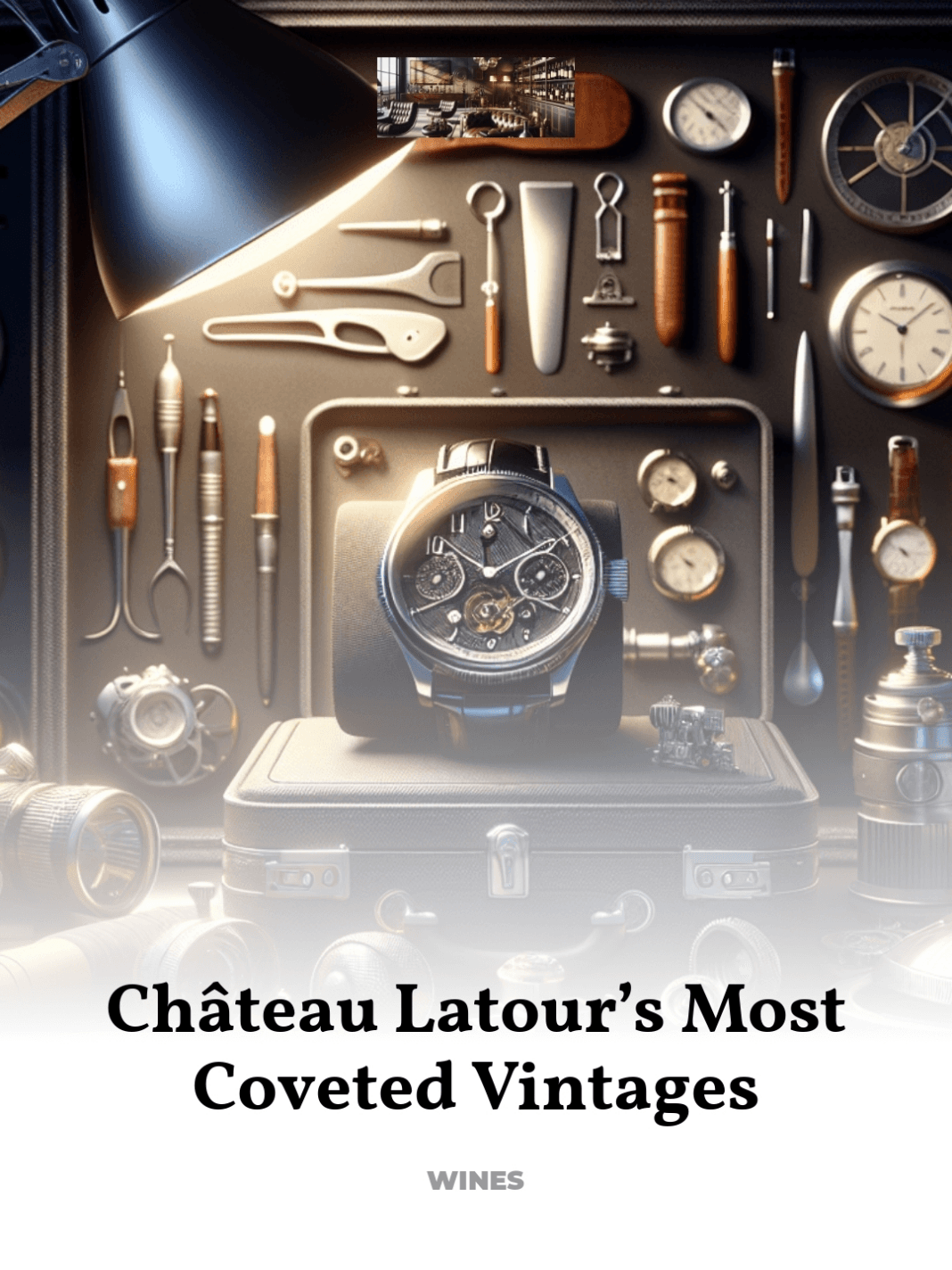Exploring the Years that Define the Estate’s Prestige
Château Latour, a beacon of viticultural excellence and heritage, stands as a paragon of fine wine, with vintages that have captivated connoisseurs and collectors across the globe.
- Introduction to Château Latour
- Historical Overview of the Estate
- Iconic Vintages of Château Latour
- The Winemaking Process at Château Latour
- Cultural Impact and Legacy
- Reflecting on Château Latour’s Timeless Elegance
Introduction to Château Latour
Located in the heart of Bordeaux, France, Château Latour has been an emblem of exceptional winemaking since the 14th century. Known for its robust, flavorful, and long-lived wines, the estate has consistently produced wines that are not only a pleasure to taste but also a marvel of craftsmanship and tradition.
Historical Overview of the Estate
The origins of Château Latour date back to 1331, though it gained significant prominence in the 17th century when it became recognized as a model of winemaking perfection. The estate’s history is rich with accolades, royal patronage, and a steadfast commitment to quality that has been passed down through generations.
Key Historical Milestones
- 17th Century: Acquisition by the Ségur family, propelling the estate to new heights.
- 1855 Classification: Château Latour was classified as a First Growth estate, solidifying its status at the pinnacle of Bordeaux wines.
- Modern Innovations: Throughout the 20th and 21st centuries, the estate has embraced modern techniques while maintaining the integrity of traditional methods.
Iconic Vintages of Château Latour
Several vintages of Château Latour stand out for their exceptional quality and have become symbols of the estate’s legacy. These vintages reflect the unique terroir of the Pauillac region and the meticulous care in grape selection and winemaking.
Notable Vintages
- 1961 Vintage: Known for its perfect balance and depth, the 1961 vintage is often heralded as one of the greatest wines ever made.
- 1982 Vintage: A benchmark year for Bordeaux that produced rich, opulent wines with incredible aging potential.
- 2000 Vintage: Celebrated for its structure and complexity, this vintage entered the new millennium with a promise of longevity and grace.
- 2010 Vintage: A testament to modern winemaking excellence, combining power with elegance.
The Winemaking Process at Château Latour
The winemaking process at Château Latour is a blend of tradition and innovation. The estate employs organic practices and focuses on meticulous vineyard management to ensure the health and quality of each vine.
Detailed Craftsmanship
From handpicking grapes to aging wines in carefully selected French oak barrels, every step in the winemaking process is designed to enhance the natural qualities of the wine. The estate’s commitment to low intervention in the cellar ensures that each vintage expresses the purest characteristics of the terroir.
Cultural Impact and Legacy
Château Latour is not just known for its superb wines but also for its role in shaping the cultural landscape of wine. The estate’s vintages have been celebrated in literature, served at state functions, and enjoyed by enthusiasts who appreciate the art of fine winemaking.
Influence on Wine Collecting
The prestige of Château Latour’s vintages has made them highly sought after in the world of wine collecting. Each bottle is a piece of history, embodying the heritage and artisanal skills passed down through centuries.
Reflecting on Château Latour’s Timeless Elegance
Château Latour remains a symbol of luxury and refinement in the wine world. Its commitment to quality, respect for tradition, and continuous innovation ensure that each vintage not only contributes to the estate’s illustrious history but also sets the standard for excellence in winemaking.
For further exploration of Château Latour’s rich history and its impact on the wine industry, consider visiting authoritative sources such as the estate’s official website or respected wine publications.



